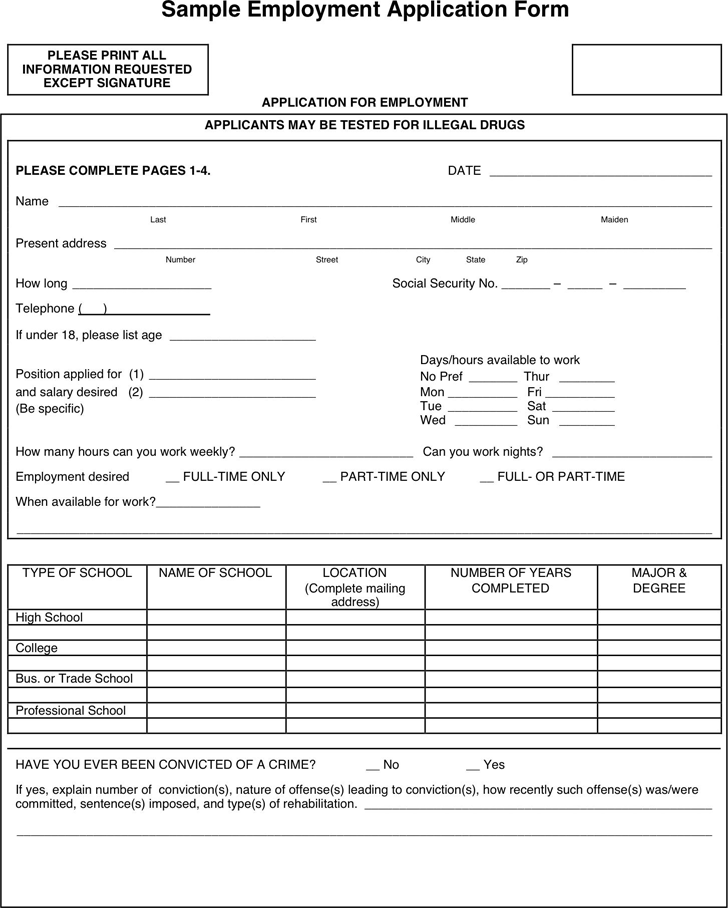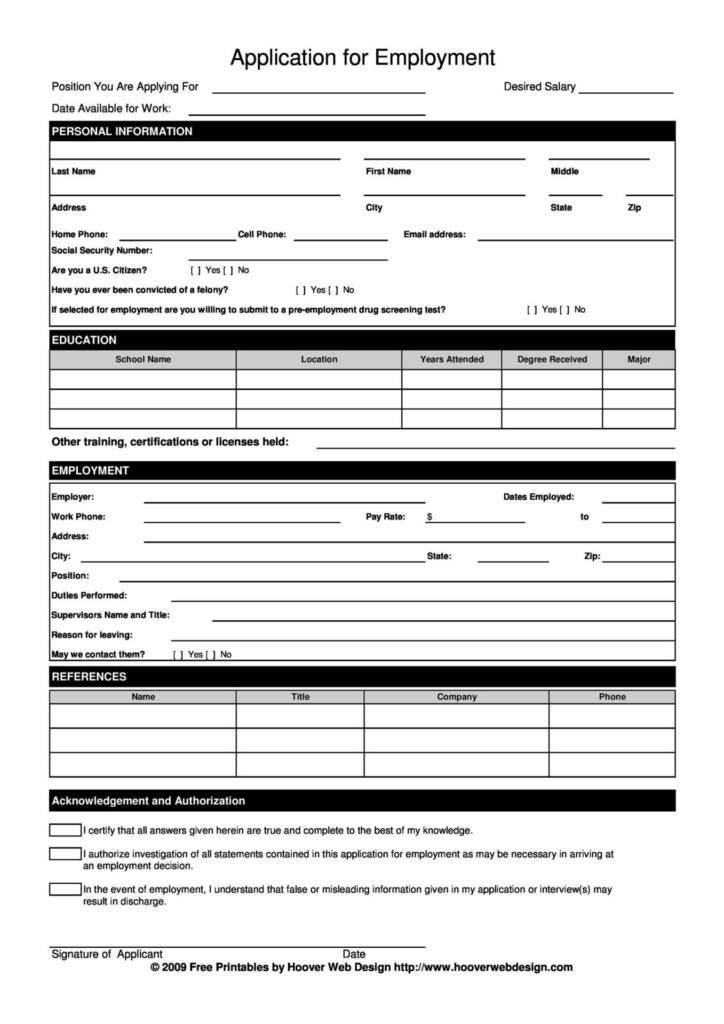Administrative leave, a phrase that, while sounding innocuous, often signals a serious and uncertain chapter in a professional journey. For many employees and employers alike, its true nature can remain unclear or misunderstood. However, administrative leave is a significant and structured tool used by organizations to address complex issues, maintain operational integrity, and ensure fair investigations.
It’s important to note that administrative leave is distinct from Paid Time Off (PTO). While PTO, such as vacation, sick leave, or personal days, is typically initiated by the employee for rest or recovery, administrative leave is employer directed, often imposed in response to a workplace concern, allegation, or procedural necessity. Unlike PTO, administrative leave may come with certain restrictions, confidentiality obligations, and legal implications, depending on the circumstances.
Understanding this distinction helps employees recognize that being placed on administrative leave is not a benefit or a break, it is a strategic and often sensitive action, with real consequences for both the individual and the organization.
This guide aims to unpack the term, explain its purpose, outline the process, and discuss its impact, both from an organizational and personal standpoint.
What is Administrative Leave?
Administrative leave refers to a temporary removal of an employee from their regular job duties, typically with pay, while an organization investigates an issue, processes a grievance, or addresses an allegation or incident involving the employee.
Unlike disciplinary action or suspension, administrative leave does not imply guilt or wrongdoing, rather, it’s a neutral and precautionary measure meant to facilitate an unbiased review process.
The Purpose Behind Administrative Leave
Delving into Workplace Issues or Allegations
At the heart of administrative leave lies the goal of conducting a thorough, impartial, and uninterrupted investigation. When allegations of misconduct, violations of policy, ethical breaches, or workplace disputes arise, it can be challenging for an organization to investigate properly while the employee remains active in their role.
Why this matters:
-
Eliminates bias and influence: The presence of the employee during an investigation could inadvertently sway witnesses, compromise evidence, or create pressure on involved parties.
-
Ensures fairness: By removing the individual temporarily, the organization ensures that the investigation can proceed without perception of favoritism or intimidation.
-
Protects procedural integrity: It allows HR, legal, or external investigators to operate without interference, gathering evidence and testimonies in a structured and objective manner.
Safeguarding the Workplace Environment
In some cases, administrative leave is enacted not only to support an investigation, but also to maintain a safe, stable, and professional work environment.
Examples might include:
-
An employee accused of harassment or workplace violence is placed on leave to protect others.
-
An employee involved in a sensitive conflict may be removed to reduce tensions and maintain team productivity.
-
In cases of emotional outbursts or erratic behavior, administrative leave can help de-escalate situations and protect company morale while assessments are made.
This proactive step reflects an organization’s responsibility to foster a workplace that is psychologically and physically safe for all employees, clients, or stakeholders.
The Process of Administrative Leave
While practices can vary slightly by organization or jurisdiction, the general process follows several common stages:
Initial Decision and Risk Assessment
Before implementing administrative leave, employers typically conduct a risk assessment to determine whether it’s appropriate. This may involve consulting legal counsel, human resources, or executive leadership to weigh factors such as:
-
The seriousness of the allegations
-
The potential for workplace disruption
-
The employee’s history and current performance
-
Legal or regulatory requirements
This step is critical in ensuring the use of administrative leave is proportionate and justified.
Notification and Documentation
Once a decision is made, the employee is formally notified. This step is handled with care and discretion, often through a meeting followed by a written notice. The notification usually includes:
-
A clear explanation of why the leave is being imposed
-
The expected duration of the leave, if known
-
Clarification of whether it is paid or unpaid
-
The employee’s rights and obligations during the leave (e.g., contact restrictions, continued confidentiality, access to work materials)
Documentation is essential, not only for legal protection but to maintain transparency and consistency in how the policy is applied.
Conducting the Investigation or Review
With the employee on leave, the organization initiates the formal investigation or review. This may involve:
-
Gathering evidence (emails, reports, records)
-
Interviewing witnesses or other involved parties
-
Consulting with third party investigators, auditors, or legal experts
This stage can vary in complexity and time depending on the case’s nature. In high stakes situations, such as fraud or criminal activity, the process may also involve law enforcement or regulatory agencies.
Resolution and Outcome
Once the investigation concludes, the organization makes a determination based on findings. Possible outcomes include:
-
Reinstatement of the employee with no disciplinary action if allegations are unfounded
-
Disciplinary measures if wrongdoing is confirmed (e.g., warnings, suspension, termination)
-
Alternative actions such as retraining, mediation, or departmental transfers
Regardless of outcome, proper closure is crucial for restoring trust within the organization and providing the affected employee with a clear path forward.
Duration of Administrative Leave
There is no universal time frame for administrative leave. Its length typically depends on:
-
The complexity of the case
-
The number of people involved
-
The availability of evidence and witnesses
-
External factors like legal proceedings or third-party involvement
Most cases are resolved within a few days to a few weeks, but some can stretch into months, especially in regulated industries (e.g., healthcare, finance, government) or high profile disputes.
Prolonged administrative leave should be monitored carefully to ensure it’s not unnecessarily punitive or disruptive.
Impact on Employees
Emotional and Psychological Toll
Being placed on administrative leave can be deeply distressing, especially when the reasons are tied to accusations or sensitive matters. Employees often experience:
-
Anxiety about their job security and future career prospects
-
Shame or embarrassment if coworkers become aware
-
Isolation from professional peers and routines
-
Uncertainty due to lack of updates or unclear outcomes
Even when administrative leave is meant to be neutral, the emotional fallout can feel very real.
Professional and Financial Ramifications
Administrative leave, especially if unpaid or extended, can lead to:
-
Income disruption, depending on company policy or legal statutes
-
Damage to professional reputation, regardless of the investigation’s outcome
-
Gaps in productivity, missed deadlines, and lost opportunities
-
Strained relationships with colleagues, clients, or supervisors
For these reasons, many employers attempt to manage the leave with sensitivity, discretion, and clear communication.
Legal and Ethical Considerations
Organizations must navigate administrative leave with care to avoid legal missteps such as:
-
Wrongful suspension or retaliation claims
-
Breach of privacy or confidentiality
-
Violation of labor laws (e.g., FMLA, ADA, or anti discrimination statutes)
-
Defamation, if the leave is publicly connected to false allegations
Proper training of managers and HR personnel is essential to handle leave cases ethically and lawfully.
Best Practices for Employers
-
Establish a clear administrative leave policy as part of your HR handbook
-
Communicate expectations and rights to the employee from the outset
-
Document every step of the decision and investigation process
-
Maintain confidentiality to protect all parties
-
Support affected employees with access to HR resources or counseling
-
Avoid excessive delays, which can worsen morale and increase legal risks
FAQ: Administrative Leave
Is administrative leave the same as suspension?
Not necessarily. While both involve a break from regular duties, administrative leave is typically non-punitive and often paid. Suspension, on the other hand, is usually a disciplinary action and can be unpaid, implying some level of misconduct.
Is administrative leave always paid?
In most cases, yes, especially in public sector or unionized roles. However, in private companies or specific cases (e.g., pending criminal charges), administrative leave may be unpaid, depending on internal policy and employment contracts.
Can an employee refuse administrative leave?
Generally, no. Administrative leave is an employer directed action. Refusing may be considered insubordination, especially if it’s tied to legal compliance or safety concerns.
Will coworkers be told why someone is on leave?
Not directly. Employers are bound by confidentiality and typically don’t share details. However, in practice, rumors may circulate, highlighting the importance of handling these situations discreetly and professionally.
Can administrative leave lead to termination?
Yes, but only if the investigation reveals grounds for termination. Being placed on administrative leave is not an automatic path to dismissal. Some employees are reinstated without consequence once cleared.
What rights does an employee have during administrative leave?
Employees retain all their employment rights, including access to grievance procedures, legal representation, and, in some cases, union support. They may also request updates or clarification regarding their status.
Can an employee work another job during administrative leave?
Usually not, especially if they’re being paid. Many employers restrict outside employment during administrative leave, though this depends on contractual terms and local labor laws.
How can organizations minimize the negative impact of administrative leave?
By:
-
Providing regular updates
-
Clarifying expectations
-
Ensuring timely resolution
-
Offering support resources (like counseling or legal aid)
Can administrative leave be challenged legally?
Yes, especially if the employee believes it was based on discrimination, retaliation, or improper procedure. Legal action may be taken through internal grievance mechanisms, labor boards, or civil courts.
Conclusion
Administrative leave is a powerful and often necessary tool in modern workforce management. While its purpose is to protect all parties during moments of uncertainty, its execution must be handled with transparency, compassion, and professionalism.
Striking a balance between due process and employee support is not just best practice, it’s a reflection of an organization’s values and commitment to fairness.













